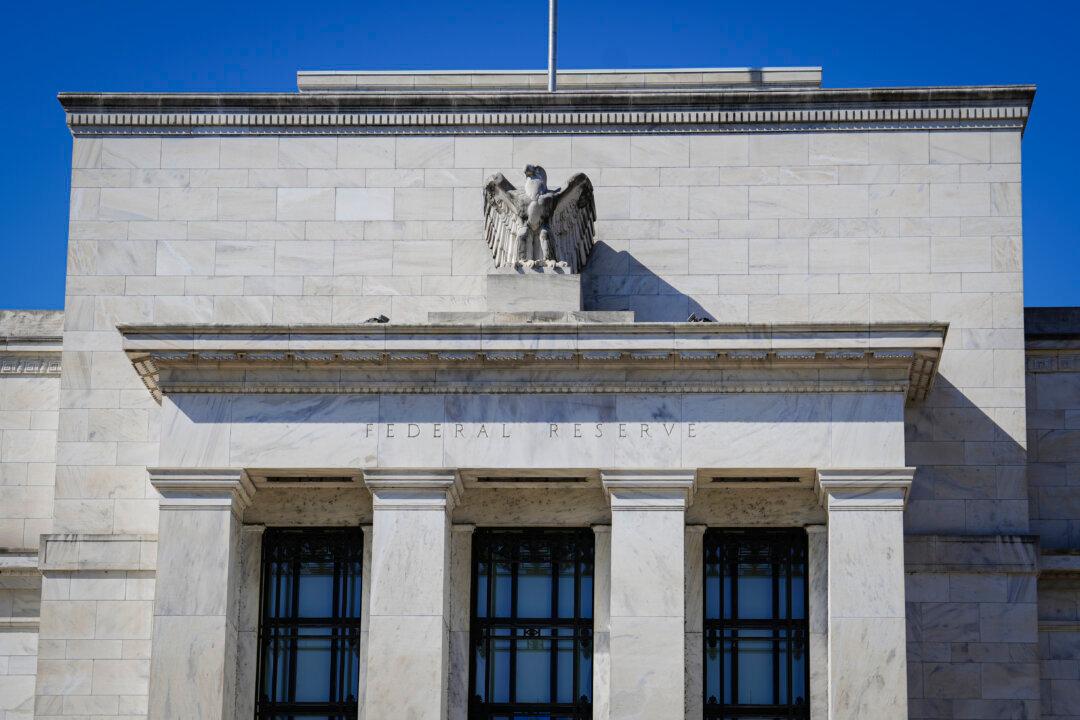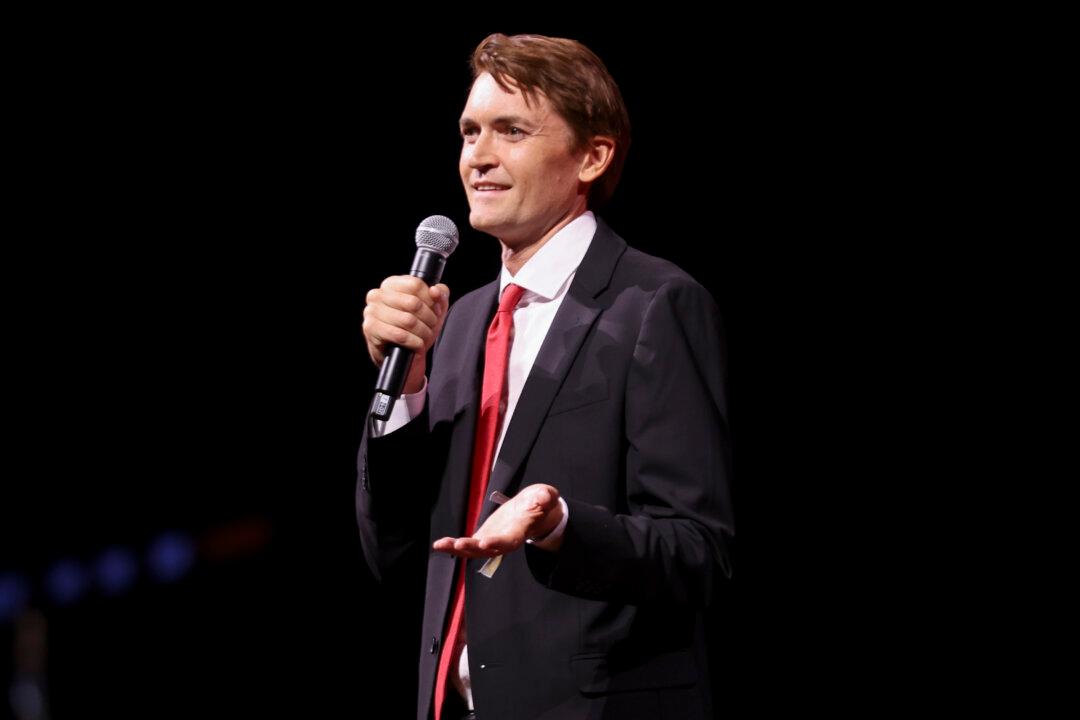Commentary
The existence of the Federal Reserve is a serious national problem. It’s funding uncontrolled debt expansion. It enables the global military empire and war. It tempts every politician and bureaucrat to believe that there are no limits. It creates the illusion that anything else is possible for both government and the big corporate empires with which it’s linked. It’s the funding source of almost every problem that vexes our national life.





